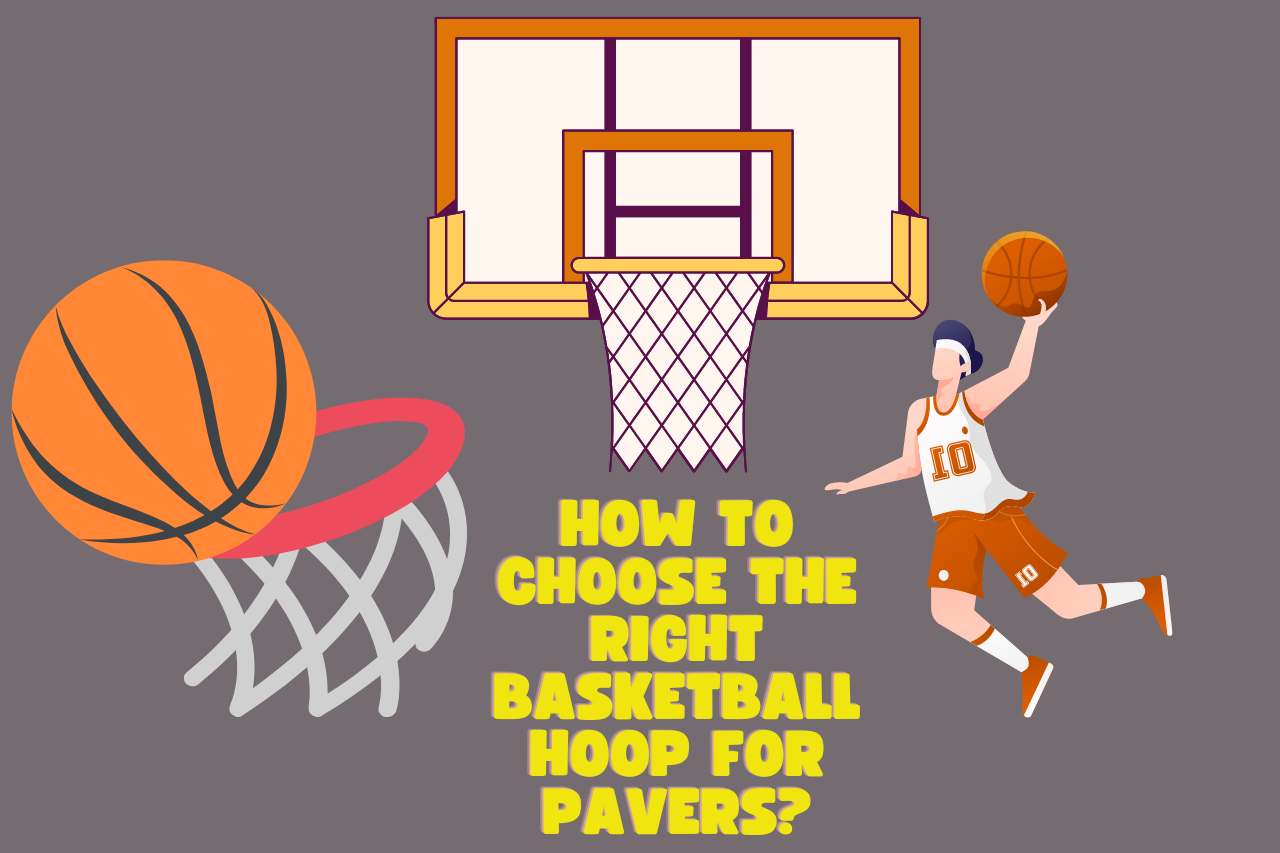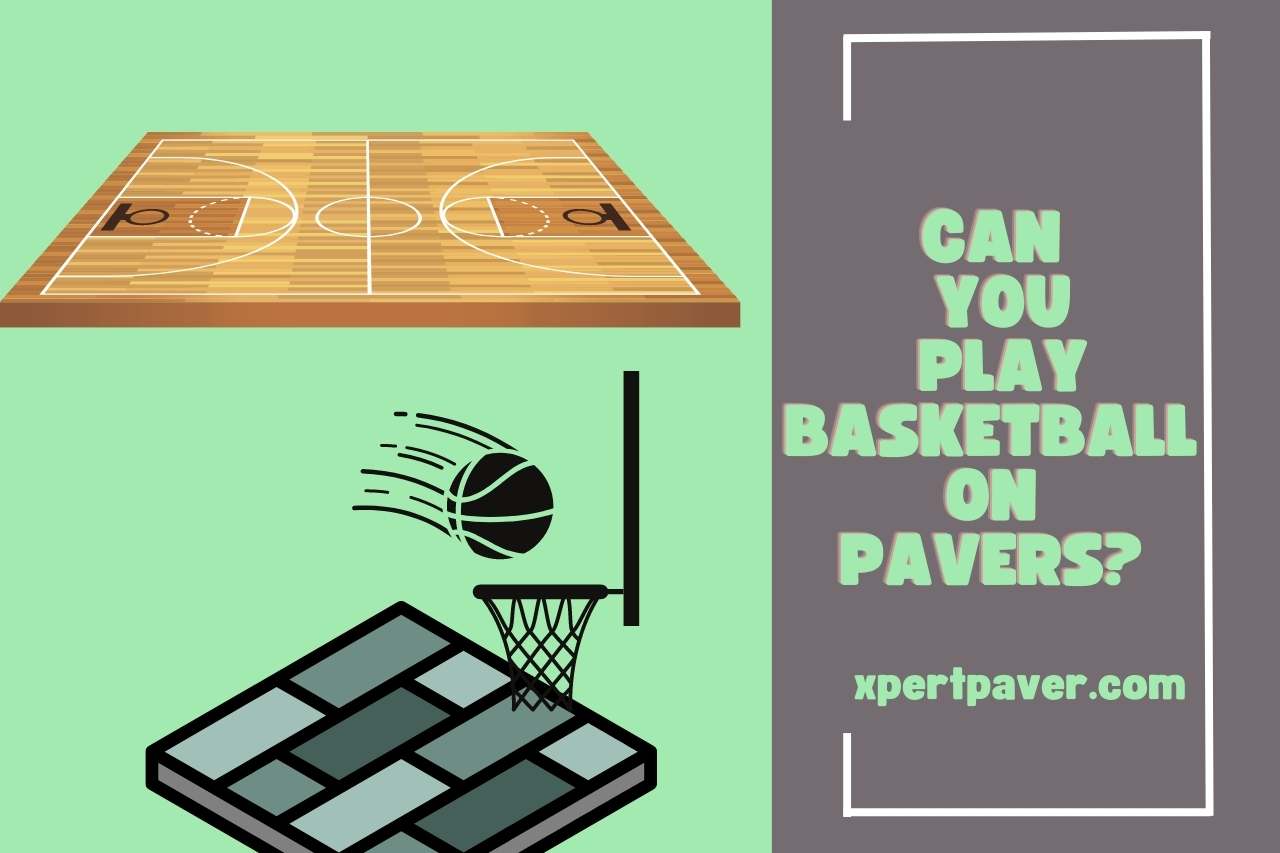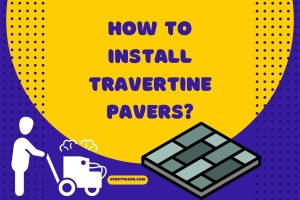Of course, Yes. Pavers are various sizes of stones which are made of natural stone, clay brick, Concrete, or even porcelain. They are utilized to construct an interlocking paving system that is strong and adaptable. They are a lot stronger than a concrete base and do not easily break or split. We’ll tell you briefly about whether can you play basketball on pavers.
The foundation of a basketball court can be laid with pavers. They keep the court’s surface flat and resist erosion. Pavers are more environmentally friendly than concrete slabs because they require less care, are durable, and adapt to seasonal and climate changes.
Can You Play Basketball on Pavers?
Yes. You can use pavers for the floor area of your Basketball court.
Advantages:
As stated, paver blocks are in more demand because of their advantages. Pavers effectively reduce runoff from surface water. Paver blocks have a minimum 20-year lifespan, making them extremely durable in construction and easy to replace.
Another benefit of using paver blocks is their ease of installation. Only the particular block can be changed without damaging the other blocks if any of the blocks are cracked or discoloured by corrosive chemicals such as petrol, diesel, etc.
Interlocking the paver blocks is a solution for preserving the environment if you are concerned about the security of your ecosystem or habitats.
Disadvantages:
This settling may leave behind dangerously small craters or elevated edges. If the pavers are not interlocked, insects could reside in the crevices between the bricks. Even though they withstand the changes in the seasons, sometimes unfavorable weather and climatic conditions may harm the surface.
Following are Some Facts on How Pavers Affect Gameplay and Player Safety
Paver surfaces have the ability to bear a lot of pressure. Therefore, many players can play on such a floor. Rainwater won’t collect on your patio because the paving will soak the water. So there is no risk of slipping.
Block paving also has the advantage of requiring relatively minimal upkeep. To maintain it clean, all you need to do is use soap and water. The use of soap or cleaning agents does not make these floors hazardous as they are slip-resistant.
Moreover, block paving is strong enough to resist any weather creating a suitable environment for players to play in any season.
How to Prepare Pavers for Basketball?
Remove the sod from the chosen area, level the ground, and remove any pebbles, twigs, or other foreign objects that can harm your paver. After that, surround this area with a weed barrier. Make the area clear and level. Lay a 1″ deep layer of sand with concrete. Place the pavers in an interlocking way. Next, put a thin layer of sand and vibrate. Then, lightly place masonry or dry paver mixture over it and vibrate again to ensure the pavers interlock.
Next, fill the pavers with any extra sand that remains. After two days, you can use it as your court!
Put on clothes that wick sweat from the body. Try donning clothing composed of fabrics that quickly absorb sweat without allowing it to soak inside. Get a tough backpack with enough space for lots of basketball supplies, insulation or padding, and a waterproof cover to shield the contents from sudden climatic changes.
How to Choose the Right Basketball Hoop for Pavers?
There are many alternatives to choose from when buying a basketball hoop.
Basketball hoops come in several varieties, but the simplest is simply a rim that’s able to be fastened to anything. Basketball is intended to play with a hoop fastened to a backboard. A paver is an outdoor place, so when choosing a basketball hoop, it should not be easily taken away by outsiders. In addition, it should withstand sun, rain, and other climatic conditions.
Portable Hoops
The base of this portable basketball hoop is supported with sand or water. The backboards for these goals are often smaller. A portable goal is the best option for empty base circumstances.
Portable goals are not quite as stable, though, because they are smaller and built of lighter materials. If not properly weighted, portable goals might topple, harming the goal or injuring players. A portable hoop might be a cost-effective option.

Direct Burial In-ground Hoops
This hoop has a cement-anchored post. The goal setting cannot change once it is established. For stability, cementing the hoop pole into the floor is beneficial.
Wall-Mount Hoops
A basketball hoop installed on a wall lacks a post or pole. The backboard is affixed to the wall directly. This style of basketball hoop is ideal for applications where there is not enough room to put a pole. They can place inside or outside because of their adaptability. Goal setter offers many different wall-mounted hoops with different-sized backboards. These basketball hoops come in both adjustable and fixed models.
Tips for Playing Basketball on Pavers
Shoes for outdoor use heavily rely on their soles and grip. Hard rubber is always used to make the sole of basketball shoes suitable for wearing on a hard surface.
To account for friction and balance and prevent you from slipping and falling to the ground, it is fairly thick. Avoiding any regions with cracks or irregular surfaces is important. Attempt to locate a freshly paved court. This will make it easier to guarantee a level and smooth surface.
Basketball players are aware that practice makes perfect. Dribbling and shooting are two of the most crucial abilities you must develop to be a good player. It’s important to dedicate a few hours each week to practising these abilities because of this.
Start by improving your dribbling skills on a hard surface. By adjusting the friction, you apply to the surface, and see how quickly you can dribble between cones or other obstacles set up in a straight line without losing balance and control of the ball. Once you get that down, practice your shooting, including free throws. Get in as many repetitions as you can to strengthen, you’re playing techniques on the hard floor.
How to Maintain Pavers for Basketball?
Following are some of the methods that can use to maintain the pavers of a Basketball court.
-
Often Clean It
A court that is outside will be subject to weather conditions and environmental contaminants such as rocks, dirt, twigs, and leaves from neighbouring trees. When it’s hot outside, pavers may soften, which allows the debris to attach to the pavement and create unevenness.
Prevent this by swiftly brushing the court frequently.
-
Avoid Using It as a Parking Lot
Parking large vehicles there will hasten the pavement’s decline. Tire tracks and oil residue left by vehicles can be difficult to remove and are ugly. The court may develop surface depressions and cracks, as a result, making it impossible to play the game you like on it. Just play basketball on the court.
-
Seal and Paint It
Protect the court with seal coating to keep it in good condition and operational for longer. By doing this, water cannot enter the pavement and cause cracks. To clearly demarcate the baselines, sidelines, centre circle, and free-throw lines, you’ll also need to paint them frequently. Your sealer will aid in securing the paint.
Watch This One,
Video Credits – Gappsi Group
Dive Deeper: Related Content You Shouldn’t Miss
How to Grow Grass Between Pavers?



![Read more about the article How to Install Rubber Pavers? [What To Put Underneath]](https://xpertpaver.com/wp-content/uploads/2023/03/can-you-play-games-from-an-external-hard-drive-25-300x200.jpg)